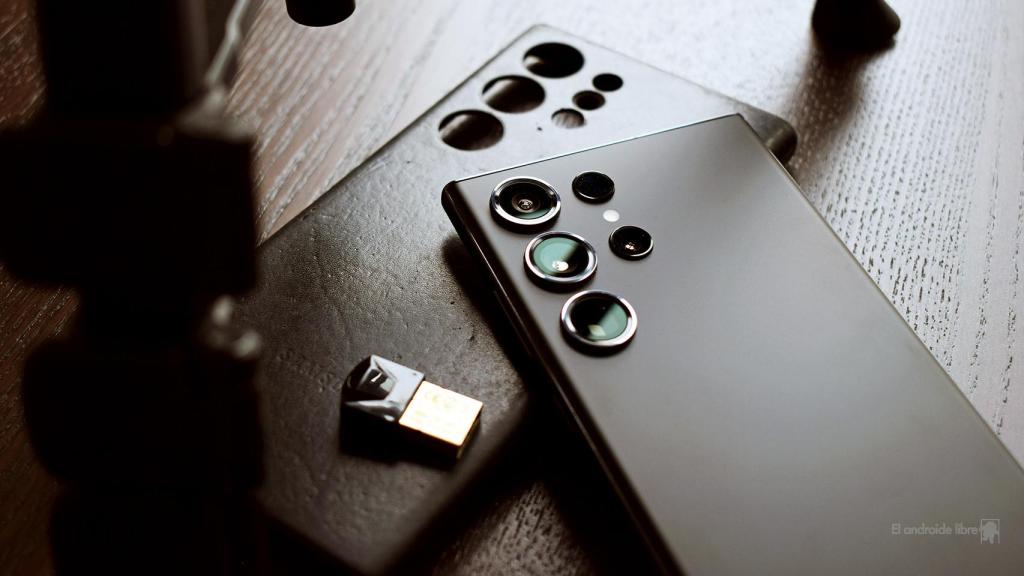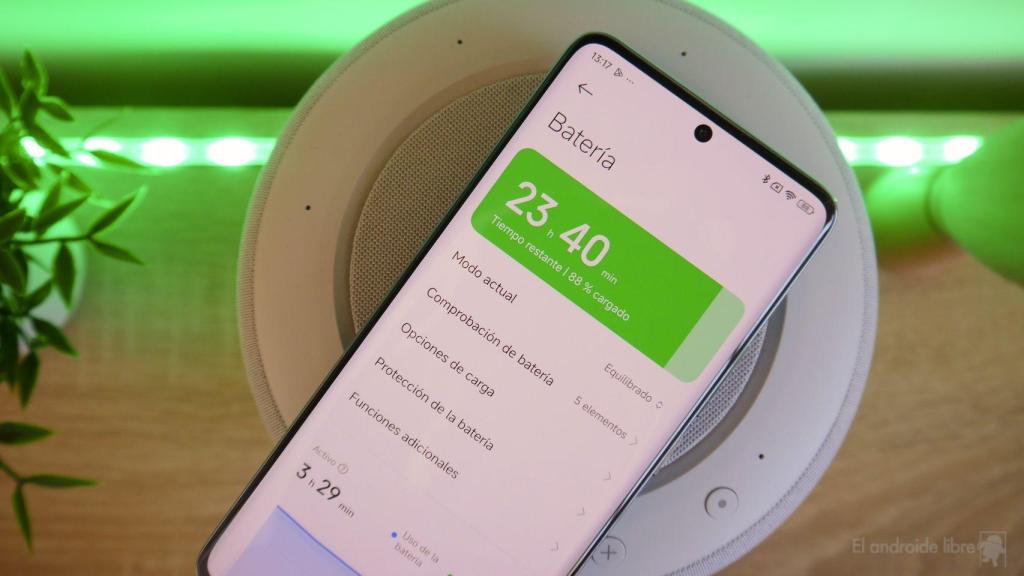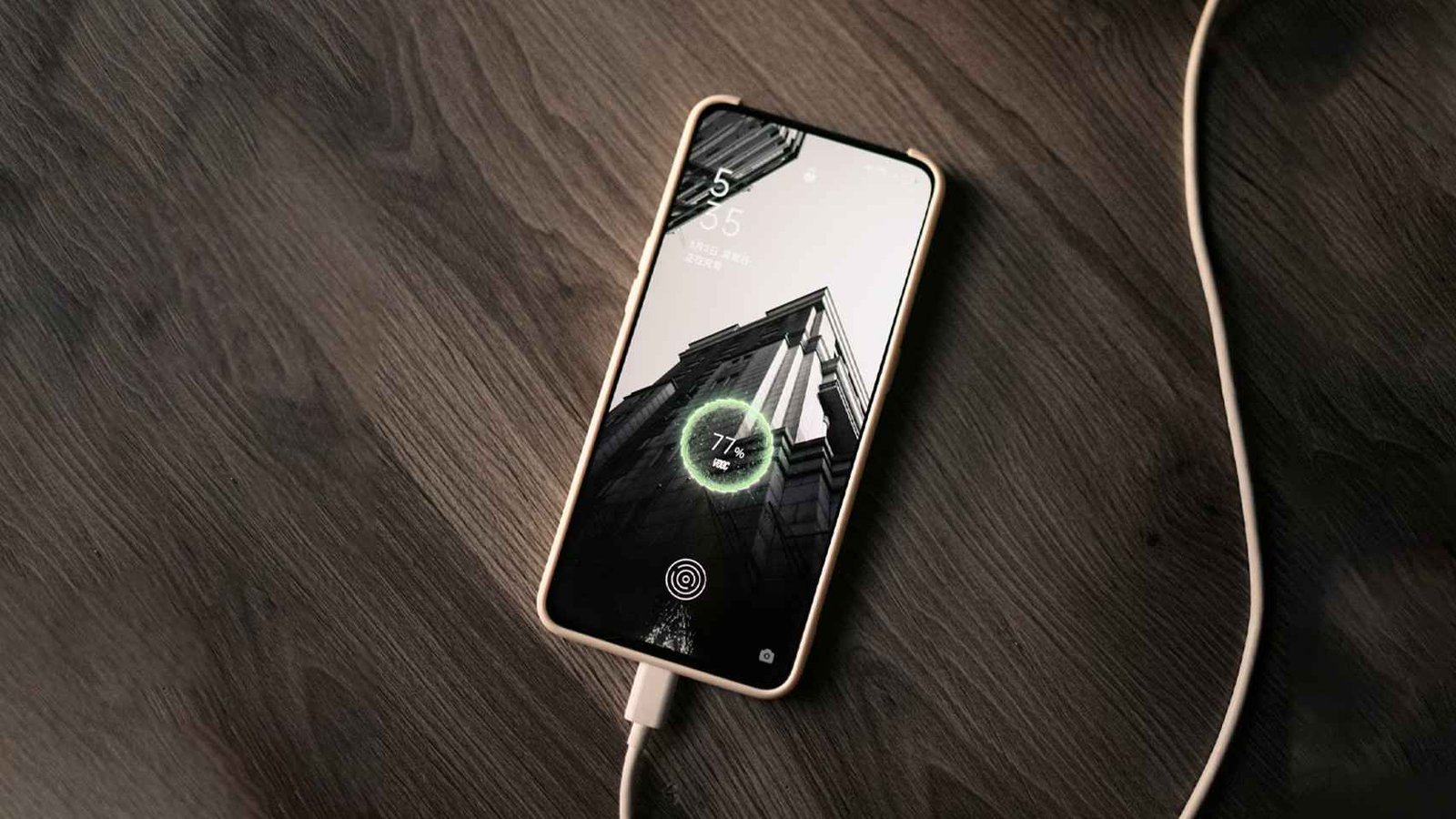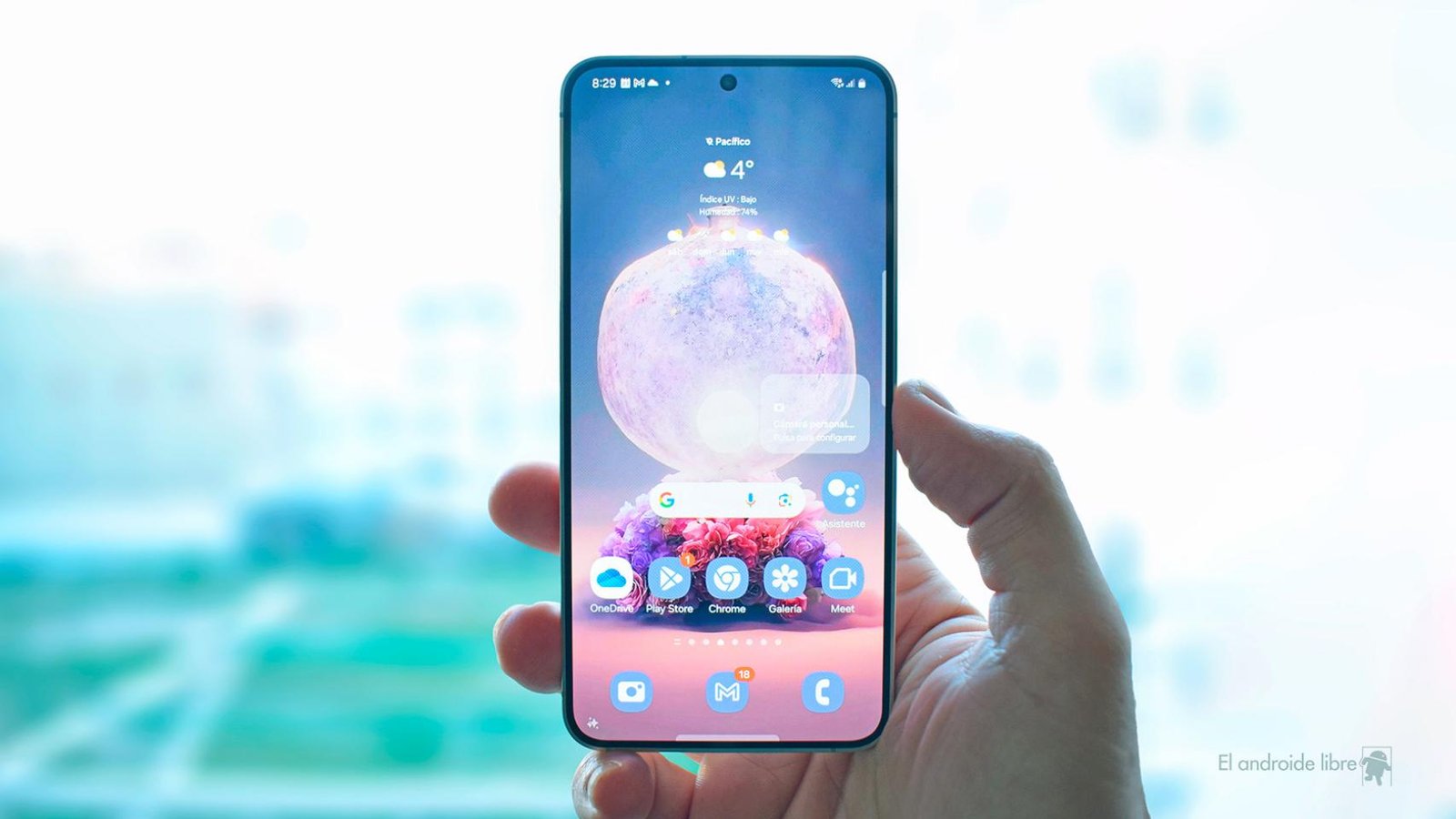In Spain there are mobile brands leading the market, such as Xiaomi or Samsung, but many others seek to grow based on offering benefits, or design, or tight prices. There they enter the rest, from Apple, I live or oppose others such as Realme, Pixel or Nothing.
Each company specializes in an approach. It may be the photographic, the exterior design, the software or the autonomy. Nevertheless, This last aspect seems to be in the strategy of all manufacturersone way or another. And it is no accident. After all, the battery is what marks the possibility of mobile use, if it ends, it only remains to recharge it.
It is possible to improve it through larger batteries, through new compounds that allow more densities or make the finest mobiles, but most brands are innovating in the way of loading, not so much in the battery. Of course, not only with hardware, but also with software.
However, there is a very different approach according to the company we are talking about. Chinese firms have not hesitated to bet on increasing the load speed radicallywith proposals that sometimes exceed 100 w with cable and sometimes touch the 80s wirelessly.
However, Western and Korean firms, such as Google, Apple or Samsung, have had a much more cautious approach. They have gradually improving the loading speed, but always cautiously and giving more importance to software management. Asian firms also ended up implementing these solutions, to improve the life of batteries.
Bypass load
In recent years, fast charge has evolved beyond simple increase in power. Various functions and novelties have been introduced that seek not only to accelerate the load process, but also Optimize battery life and improve user experience.
One of the most interesting innovations is Bypass load (POwer Pass-Through), What does it allow is feed the smartphone directly from the power supply without loading the battery while being used. That is, when a mobile is connected to the current and the bypass load is activated, the energy is directed directly to the phone components, without using the battery. In this way, the battery is prevented from hot during intensive tasks such as the most demanding games or carrying out advanced processes that need to take the processor to the limit, such as certain local the AI tasks.

The free android
The main benefit of the bypass load is the reduction of thermal stress in the battery Since heat is one of the main factors that contribute to the degradation of batteries over time. By avoiding simultaneous loading and downloading during intensive use, the Bypass load helps preserve long -term battery health, prolonging its useful life and maintaining high capacity for longer.
Maximum 80%
Another function that is increasingly common and that is also seen in electric cars is that of Limit battery charge to a specific percentage, usually 80%. This feature is based on the evidence that loading the batteries used by 100% mobiles can accelerate their degradation in the long term. In fact, it is best to keep the battery within an optimal load range, between 20% and 80%.

Redmi Note 14 pro+
The free android
That is why more and more mobiles have a load limitation function, which is sometimes 80% and sometimes allows the choice to the user of the percentage. This reduces the time that the battery passes at the ends of its capacitywhich can reduce the chemical and physical stress to which it is subjected. Of course, since this implies a lower battery capacity available, you just have to use it on a day -to -day basis if we know that we will not have problems reaching the night without the need to load the mobile.
And you have to be aware that we must turn off this function when we need to load the mobile 100% because we are going to take the travel day, using the GPS, or we plan to take more photos and videos. These tasks require a lot of energy and it is usually a good idea to load the mobile to the fullest before doing them.
Optimized load
For a few generations, mobile loading systems have incorporated optimized load algorithms. These systems learn user load habits and adjust the load speed depending on various factorssuch as the current battery level, the device temperature and the estimated time until the user needs the device completely loaded.
This is seen for example when we start loading the mobile at night, being able to tell you to load it to 80% and stop. The load will resume just for the mobile to mark 100% before waking us. For this, the system has had to study our behavior before and, also, if one day we get more early in the terminal in a percentage of less than 100%.
Adaptive load
Another function that cannot be controlled by the user but is implemented in current mobiles is the adaptive load. In this case what the load control system does is to increase or decrease the load speed depending on parameters such as the percentage of the battery, the temperature of the same …
The idea is minimize damage that may occur because of a greater load speed. For this, dual batteries are also implemented, with two cells of cells although the system interprets them as one. In this way they can be loaded in less time without stressing the cells.



